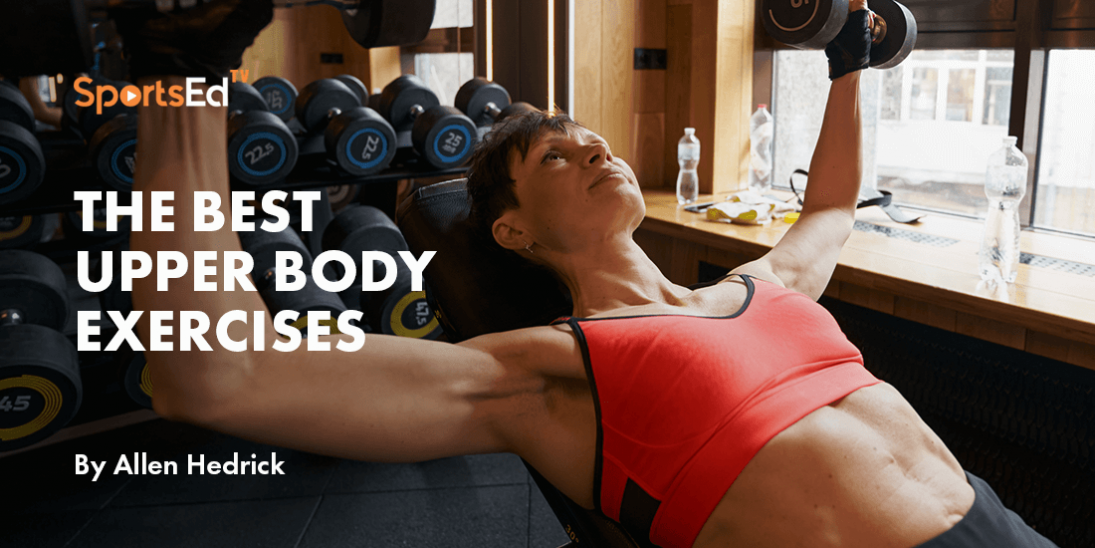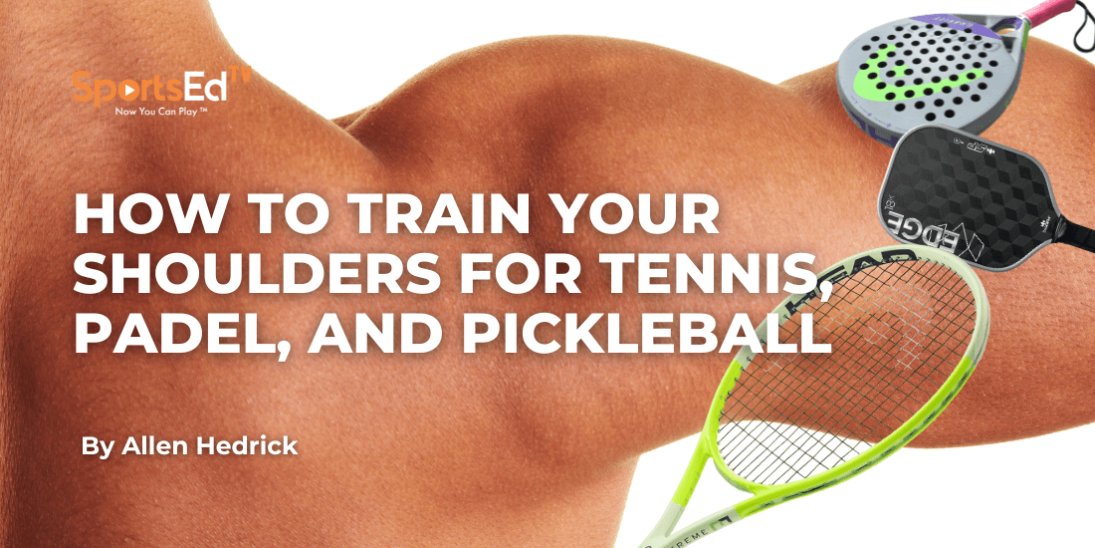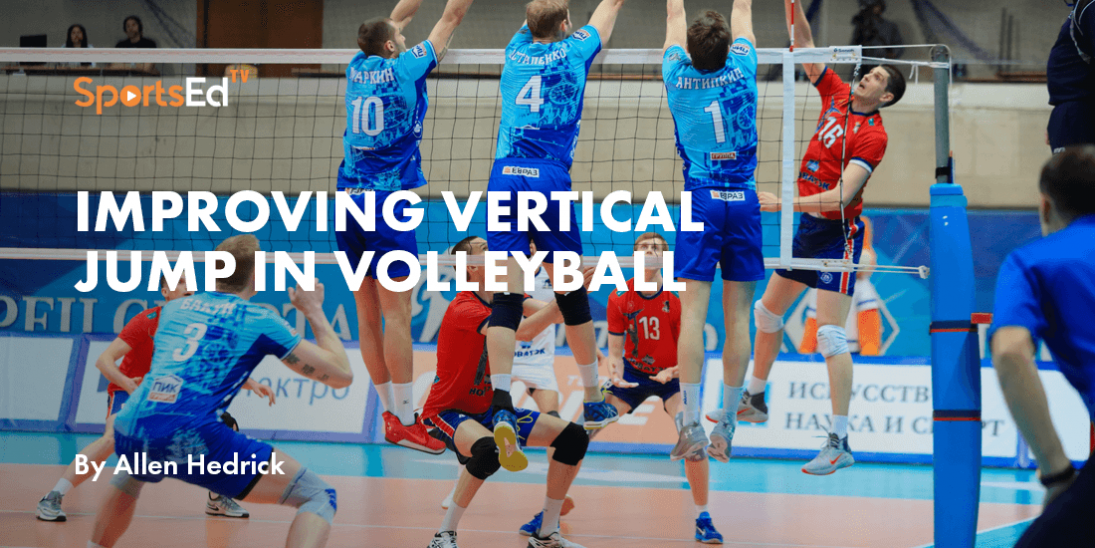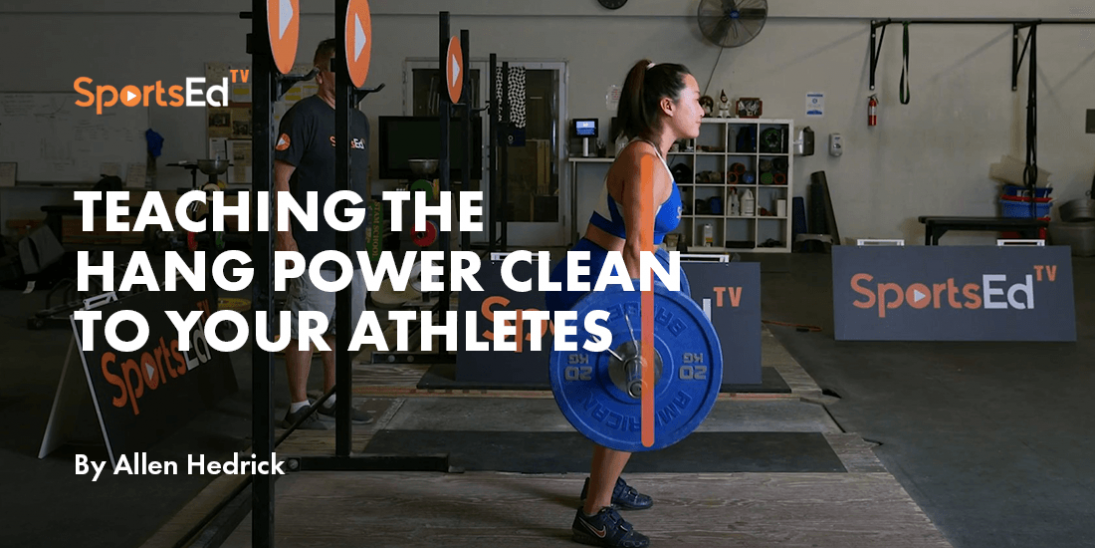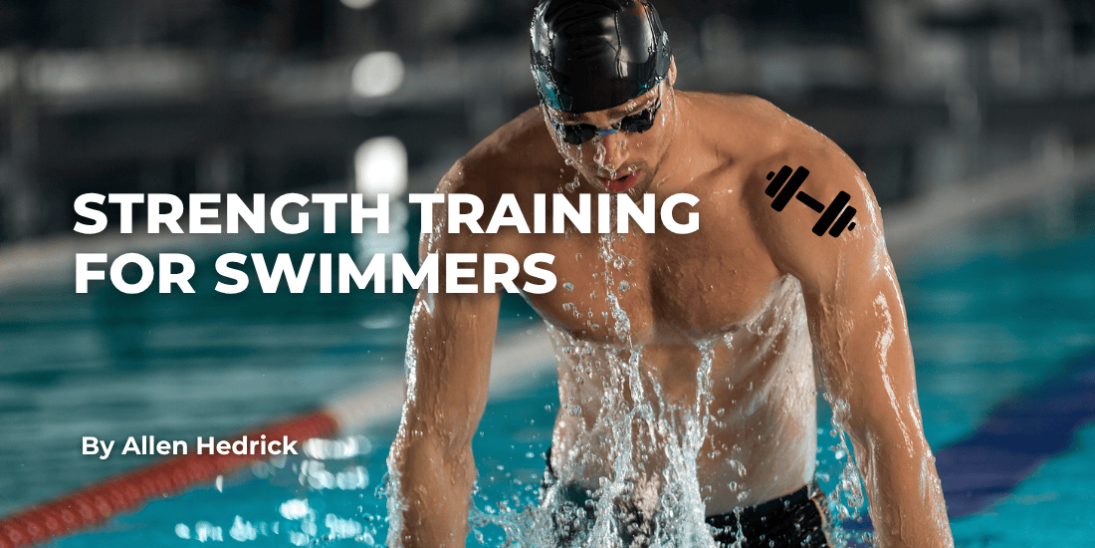Basketball, Strength And Conditioning
Welcome and thanks for visiting...

Improving Vertical Jump Performance for Basketball
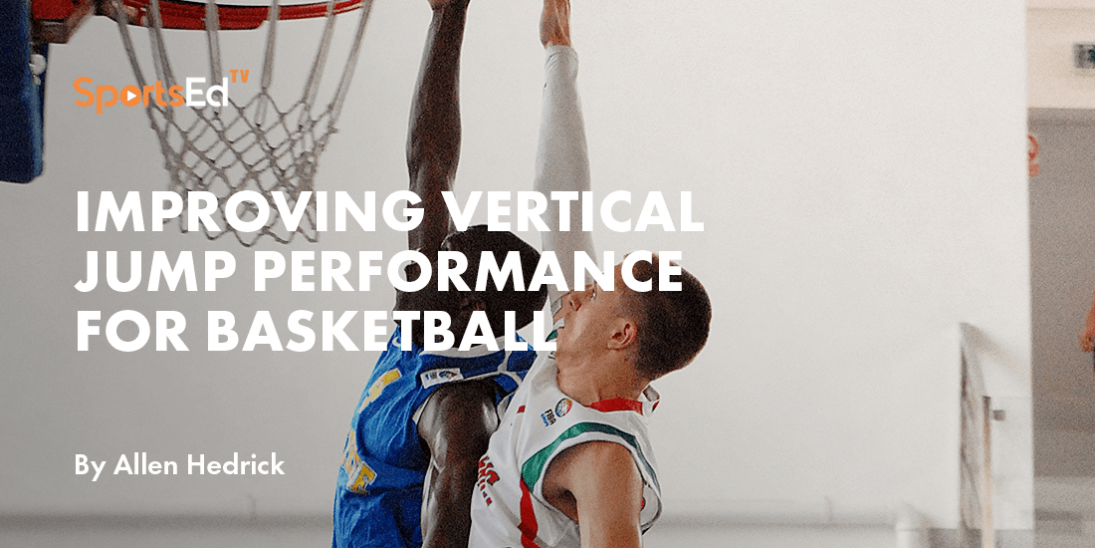
Introduction
The purpose of this article is to discuss the importance of vertical jump ability in the sport of basketball and how to train to improve jump performance. As noted by Uysal et al. (2023), vertical jump ability is an important component of performance in the sport of basketball. On average, a basketball player performs 50 maximal vertical jumps during a game. Successful performance in rebounding shot-blocking, dunking, and jump shots are all dependent on vertical jump ability. It is important to realize that, like sprinting, vertical jump performance is largely innate. That is, people who excel at vertical jumps are born with the physical characteristics necessary to excel in that movement. However, vertical jump performance can be improved with training (Darmiento, 2012). The purpose of this article is to discuss how to best design a training program to achieve that goal.
Importance of Power in Vertical Jump Performance
Jumping ability is associated with the athletes' muscle power, and athletes with higher muscle power have a better jumping height (Uysal). The ability to generate high levels of muscle power is a well-known predictor of sports performance and is not limited to vertical jump performance. Unfortunately, directly measuring muscle power is difficult and often unfeasible, especially for coaches. Because of this, many coaches use the vertical jump test as an indirect measure of lower body power. While power and jumping are not identical, correlations exist that link power and jumping ability to success in a variety of sports. Although the relationship between jumping and power is clear, the optimal strategy for improving power and vertical jump performance remains uncertain (Darmiento).
Training Methods
Realizing that power is a key component in sports performance, including vertical jump, and that power and, thus, vertical jump performance can be improved through training, it makes logical sense to evaluate what training methods have been shown to be effective when the goal of training is improving vertical jump performance. Darmiento noted that low-intensity/high-speed movements such as plyometrics improve velocity, high-intensity/low-speed movements such as heavy squatting increase force production, and weightlifting movements enhance both force and velocity. As a result, the ideal programming approach will include a combination of training modalities and loading schemes meant to improve athlete-specific strengths and weaknesses.
Plyometric Training
Plyometric exercises include exercises such as jump squats, countermovement jumps, and drop jumps. The first type of plyometric training that needs to be mentioned is assisted training, where, with the assistance of a suspended harness system, there is a 10–30% reduction in body weight. In this situation, significant improvements have been made in peak velocity, peak acceleration, relative peak power, and vertical jump height. Further, there are decreased impact forces when landing (Darmiento). Several weeks of assisted training seem to positively impact the variables just mentioned to a higher degree than does unassisted plyometric or resistance training in both elite athletic and nonathletic populations (Darmiento). Unfortunately, at this time, there is not enough research on assisted training to accurately evaluate its effectiveness
Looking at more traditional, full bodyweight plyometric training a recent study found this type of training can improv maximal vertical jump height by 4–9% and power 2–31% in both athletic and nonathletic populations. Plyometric training is also very practical because it requires little or no equipment, can be performed in a variety of locations, and requires limited technical ability (Darmiento). Hedrick (2) was in agreement, noting that plyometric training has been shown to be beneficial in improving vertical jump performance. Several studies have found that plyometric training can have a positive effect on increasing hip and thigh power specific to the vertical jump.
Adding external loads such as weight vests, handheld weights, and elastic bands during plyometric activities can be beneficial (Darmiento). Evidence indicates that resisted jumping leads to greater improvements in vertical jump height and peak power compared to body weight plyometric training. However, with increased external loading, there is a decrease in movement velocity, leading some to question this form of training. Further, resisted jumping can also result in greater impact forces when landing, thus increasing the potential for muscular discomfort, soreness, and/or injury from this type of training (Darmiento).
Resistance Training
Heavy strength training targets the generation of force production. As a result, when training to improve vertical jump performance, this type of training should be performed in conjunction with plyometric training. This is especially true in well-trained athletes, where maximal strength training by itself may not improve vertical jump performance (Darmiento). It is also important to realize that when trying to improve power, the majority of strength training should be completed in an explosive manner, with an emphasis on attempting to perform the lifting portion of each repetition at maximal velocity.
When designing a training program for basketball athletes it is advantageous to first increase strength levels when the goal of training is maximum power development. This is because of the positive relationship between strength and power (Hedrick). Supplementing standard resistance training (e.g., barbells, dumbbells) with variable resistance (e.g., elastic bands or chains) when training for power development seems to be beneficial because it may assist in improvements in mean and peak velocity, rate of force development, and peak force and power (Darmiento).
Weightlifting
Success in weightlifting requires simultaneous production of both high force and velocity. The physiological pattern of force production is similar during weightlifting movements (e.g., snatch, clean and jerk, or variations of each) and vertical jump performance (Darmiento). As suggested by Darmiento, the weightlifting movements display a unique ability to facilitate simultaneous gains in velocity and force, making them the most effective method of improving leg power (Darmiento).
It is well recognized that weightlifting athletes excel at jumping due, in part, because weightlifters are recognized as the most powerful athletes on earth, and they activate fast-twitch fibers to a greater extent than non-weightlifters during submaximal muscle contractions. They also produce more power than athletes with similar years of training history or those who train for only maximal speed or strength (Darmiento). As mentioned previously, the weightlifting movements display a unique ability to facilitate simultaneous gains in velocity and force, making them the most effective method of improving lower body power.
While the wide-ranging benefits of weightlifting movements are well recognized, some question their ability to improve jumping, especially when compared with plyometric training. However, the weightlifting movements were found to be more advantageous because, in comparison to plyometrics, the benefits from weightlifting were more wide-ranging, showing greater results in 10-meter sprint time, vertical jump, and jump squat height. These data indicate that weightlifting movements are as effective as plyometric training in improving jumping while simultaneously promoting adaptations not seen with plyometric training, including increases in strength. The paradox of weightlifting is that while the high complexity of the weightlifting movements enhances performance, it is also what discourages some from coaching and performing the movements (Darmiento).
Implements such as medicine balls and kettlebells are often used as substitutes for weightlifting, especially in situations where equipment, space, or qualified instruction is lacking. However, it is important to recognize that these alternative training methods result in similar, but not identical, adaptations as compared to the weightlifting movements. The benefits of these alternative training methods will not be as comprehensive or to the same degree as weightlifting, especially in trained athletes. As a result, these training methods should be considered supplements, and not equal substitutes, for weightlifting movements (Darmiento).
Mixed Training Method
The most effective approach when the goal of training is to optimally improve vertical jump performance is to combine plyometric training, resistance training, and weightlifting (which includes typical resistance training movements such as squats and front squats) into one well-thought-out, well-organized training program. As pointed out by Darmiento, subjects who combine plyometric training with resistance training display greater improvements in vertical jump height and power output over a wide range of external loads than subjects who train only using plyometric training. Further, while both plyometric training and resistance training can positively influence vertical jump height, the weightlifting movements, as previously mentioned, can simultaneously increase velocity and force in the lower body, making them an ideal training method for vertical jump enhancement.
Example Training Program
Presented below is a training program that could be used to assist in the development of power and thus improve vertical jump performance. This program should not be thought of as a stand-alone program, meaning several weeks and months of preparatory training will have been completed before starting this phase of the program. To ease reader understanding, this is a simplified version of a training program used by the author in his role as a strength and conditioning coach in a university setting. All training was supervised by a certified strength and conditioning coach.
There are two separate physiological goals within this training program. The primary goal, which occurs on Monday and Wednesday, is power and endurance. As already discussed, vertical jump performance is power-based, and improving vertical jump requires a focus on power. However, basketball has a high endurance component, and that must be addressed in training, which occurs on Mondays and Wednesdays during this cycle. On Friday, that emphasis flips into an endurance and power day with an increased number of repetitions and reduced rest times while still addressing the power component. Some of the components of the training cycle are explained below:
Total Body
A total body lift is any of the weightlifting movements performed with either a barbell or a dumbbell.
Timed lifts
A timed lift is an exercise where there is a time component placed on the set and a repetition scheme. Athletes are given a specific time limit to complete the required number of repetitions and are instructed to use as much weight as possible while completing the required number of repetitions in good form. This switches the mental approach from how much weight can be lifted to how fast I can move the weight, which is critical in the development of power.
Command
A command exercise, always used with a weightlifting movement, is an exercise in which the initiation of each repetition is based on an outside command, in this case, a movement. A vertical jump in basketball is nearly always triggered by visual stimulus (e.g., rebounding, blocking a shot, dunking). A coach or teammate stands in a position where all of the athletes can clearly see him or her. The coach/teammate performs a movement (e.g., wave the arms), and the athletes immediately initiate performing a repetition based on this visual stimulus.
Complex
A complex occurs when a resistance training movement is paired with a plyometric movement. The athlete performs one set of resistance training movements and then performs one set of plyometric movements.
Superset
A superset involves performing two resistance training exercises back-to-back, with little to no rest.
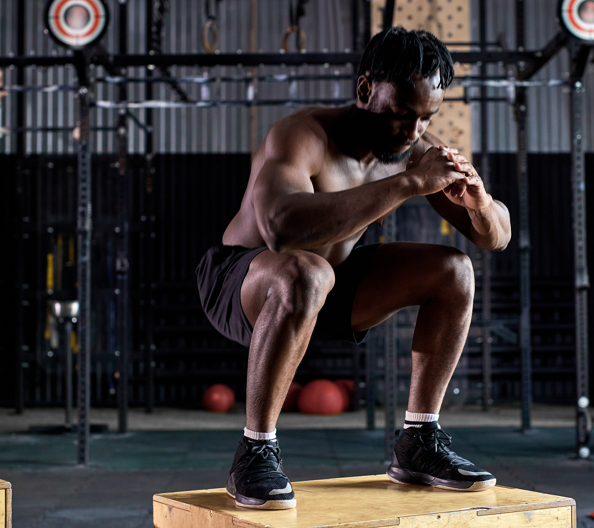
Cycle: Power/Endurance 1
Length: 4 weeks
Goal: Increase power/endurance because of the positive relationship between power/endurance and performance.
Intensity: For total body lifts (the weightlifting movements), complete the full number of required repetitions on each set. For timed exercises, complete the full number of required repetitions in the specified time period.
Pace: Total body lifts performed explosively. All other exercises lift the weight explosively and control it down .
Rest: 2:00 between all sets and exercises
Set/Reps: SCHEME 1
Week 1: Total Body=4x3, Timed Lift=3x8 in 16 seconds
Week 2: Total Body=4x5, Timed Lift=3x10 in 18 seconds
Week 3: Total Body=4x3, Timed Lift=3x8 in 16 seconds
Week 4: Total Body=4x3, Timed Lift=3x8 in 16 seconds
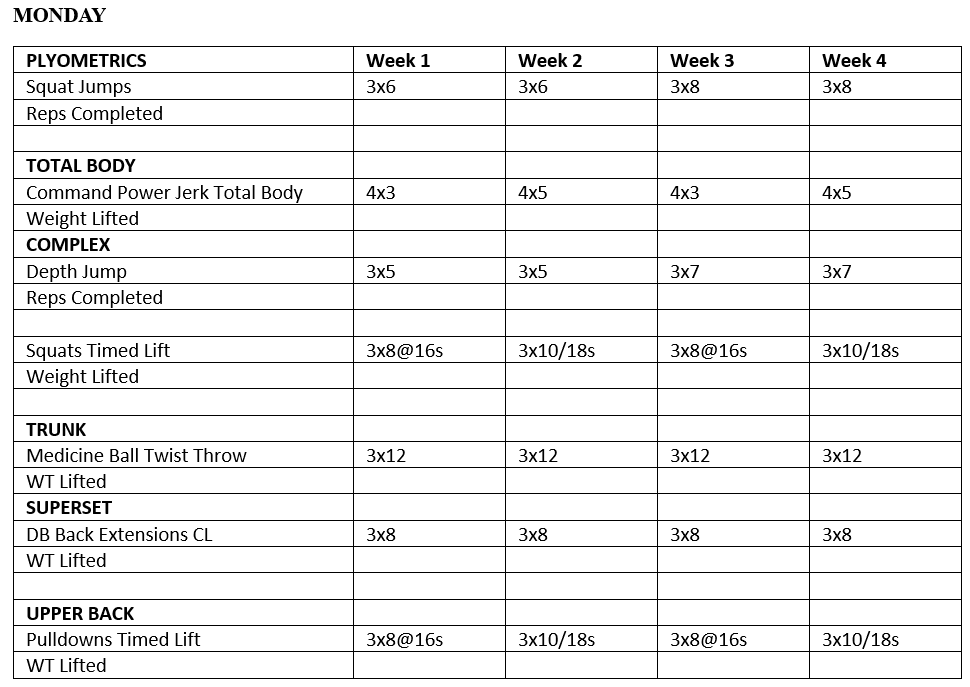
Cycle: Power/Endurance 1
Length: 4 weeks
Goal: Increase power/endurance because of the positive relationship between power/endurance and performance.
Intensity: On total body lifts (the weightlifting movements), complete the full number of required repetitions for each set. During timed exercises, complete the full number of required repetitions within the specified time period.
Pace: Total body lifts performed explosively. All other exercises lift the weight explosively and control it down.
Rest: 2:00 between all sets and exercises
Set/Reps: SCHEME 1
Week 1: Total Body=4x3, Timed Lift=3x8 in 16 seconds
Week 2: Total Body=4x5, Timed Lift=3x10 in 18 seconds
Week 3: Total Body=4x3, Timed Lift=3x8 in 16 seconds
Week 4: Total Body=4x3, Timed Lift=3x8 in 16 seconds
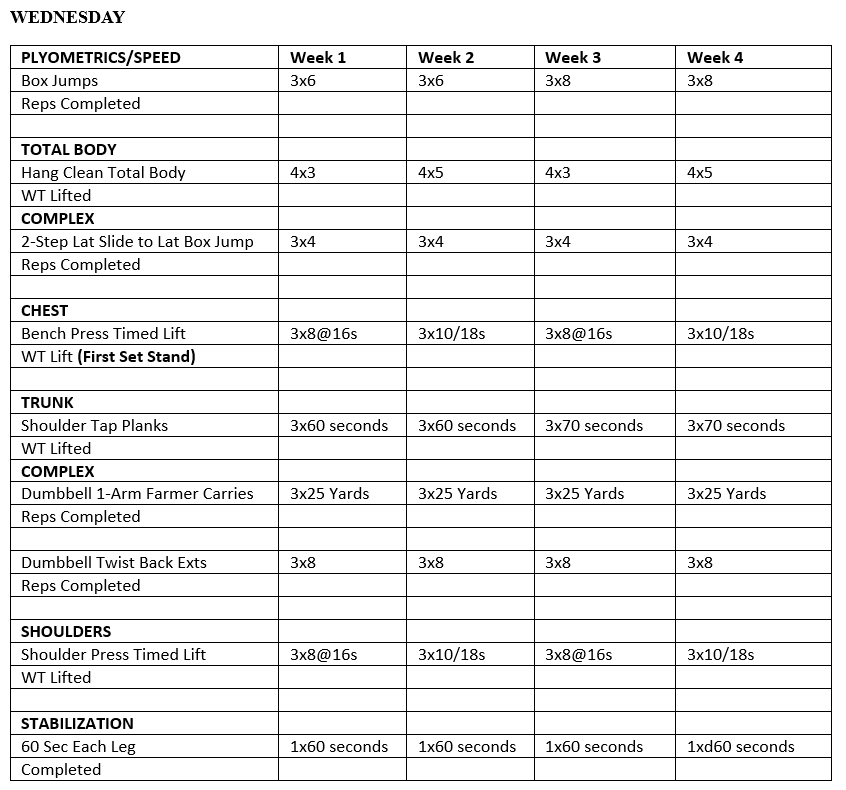
Cycle: Endurance/Power (2)
Length: 4 weeks
Goal: (1) Increase endurance/power because of the demands of the sport
Intensity: On total body lifts, complete the full number of required repetitions for each set. During timed exercises, complete the full number of required repetitions within the specified time period.
Pace: Total body lifts performed explosively. All other exercises lift the weight explosively and control it down.
Rest: 1:30 between TB sets and exercises. 1:15 between all other sets and exercises
Set/Reps: SCHEME 2
Week 1: TB=4x6, TL=3x15@22 sec (1.5)
Week 2: TB=4x4, TL=3x12@16 sec (1.3)
Week 3: TB=4x4, TL=3x12@16 sec (1.3)
Week 4: TB=4x6, TL=3x15@22 sec (1.5)

Conclusion
Vertical jump ability is an important component of basketball, and it is used in performing skills such as rebounding, blocking shots, and dunking. Vertical jump ability is genetically based; however, it is possible to improve vertical jump performance. The three primary training methods to improve vertical jump height include plyometric training, resistance training, and weightlifting. While each of these three methods can be effective individually, the best results will occur when combined into one organized program. An example workout was provided to demonstrate how this can be accomplished.
References
Darmiento, Anthony, Darmiento, Andrew. and Brown, L. Strength and Conditioning Journal: 34(6):34-43, 2012.
Hedrick, A. Training for High-Level Performance in Women’s Collegiate Volleyball: Part II: Training Program. Strength and Conditioning Journal 30(1):12-21, 2008.
Uysal, H, Åahin, D, Korkmaz, S., Akyildiz, Z, Nobari, H. and Clemente, F. Strength and Conditioning Journal: 45(5):554-567, October 2023. |




